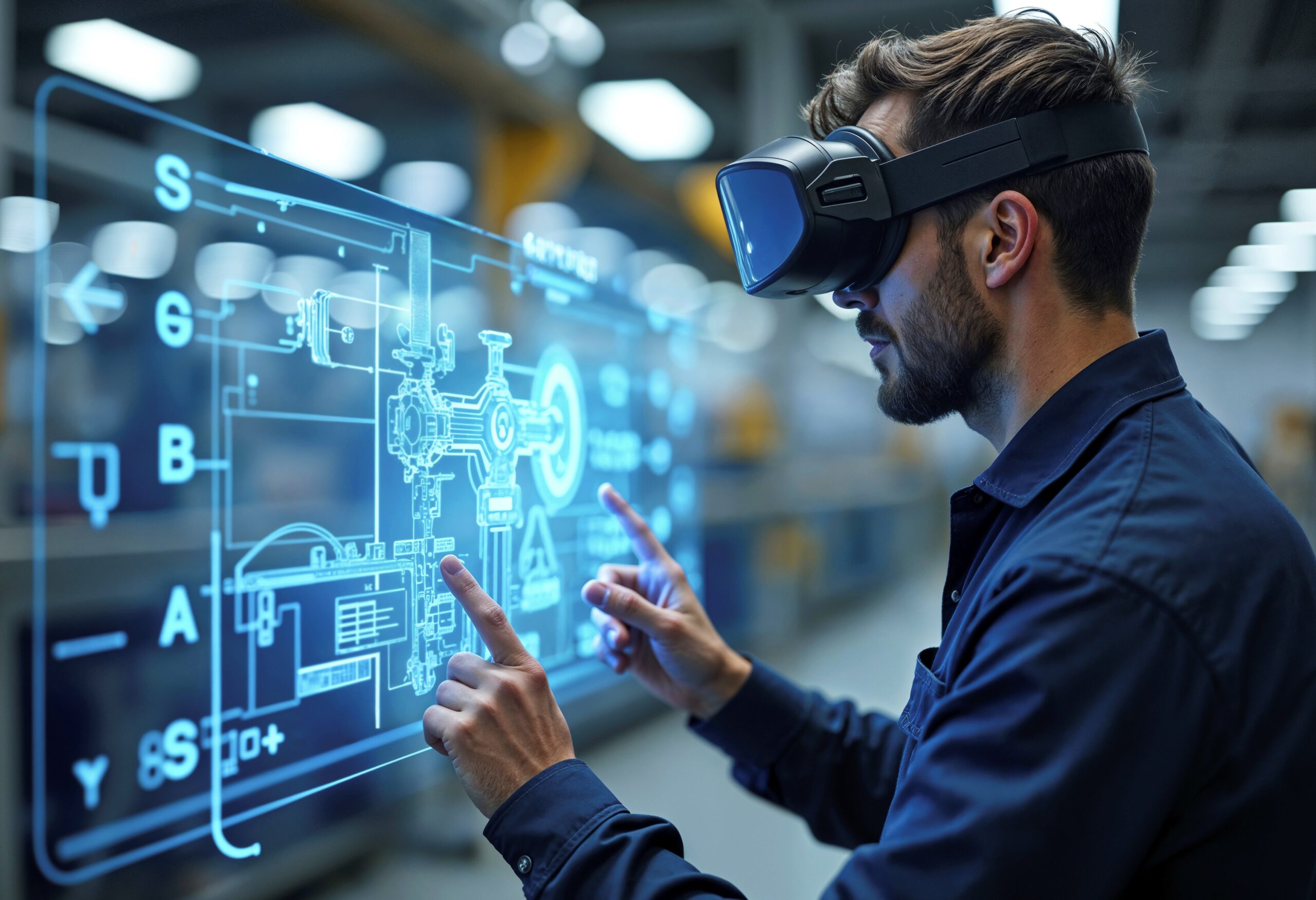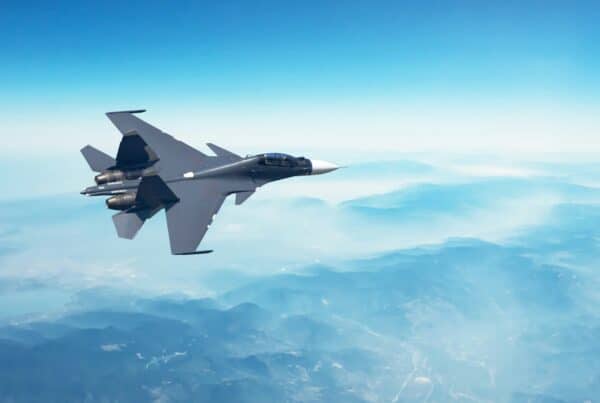The Digital Twin Arms Race:
How Aerospace and Automotive Giants Are Competing in Virtual Engineering
In the high-stakes world of mobility engineering, a new competitive frontier has emerged: the digital twin arms race. Once a niche tool for academic research or advanced R&D, digital twins have now become a strategic imperative for companies in automotive, aerospace, and defence. The ability to replicate physical systems virtually across their entire lifecycle is redefining how leading OEMs design, validate, and optimise their products.
What Is a Digital Twin, Really?
A digital twin is a dynamic, real-time digital replica of a physical asset or system. It goes beyond static CAD models by integrating sensor data, physics-based models, AI-driven predictions, and two-way communication with the real world. This allows engineers to monitor system performance, simulate failure modes, test software updates, and predict maintenance needs without direct physical interaction (Tao et al., 2018).
Automotive: From Virtual Factories to Predictive Vehicle Health
In the automotive sector, companies like BMW and Mercedes-Benz are investing heavily in full-scale digital twin ecosystems. BMW’s iFACTORY initiative combines virtual production planning with real-time data from manufacturing sites, allowing early fault detection and flexible production scaling (BMW Group, 2023).
On the product side, digital twins are being integrated into vehicle development pipelines to validate ADAS, powertrain, and thermal management systems before any physical prototypes are created. With the shift toward software-defined vehicles, digital twins are now essential to support continuous software delivery. Tesla, for example, uses fleet-wide telemetry to refine its simulation models and push OTA updates with better safety assurance (Dixit et al., 2022).
Aerospace: Full-Lifecycle Replication and Predictive Safety
Aerospace leads in the maturity of digital twin applications, particularly for high-value, safety-critical systems. Rolls-Royce’s “Intelligent Engine” initiative monitors in-flight data from jet engines and feeds this into a digital twin that models component wear, fuel efficiency, and performance trends over time. This enables predictive maintenance and longer time-on-wing, reducing both operational cost and unplanned downtime (Rolls-Royce, 2021).
NASA’s use of digital twins extends beyond vehicles to entire mission environments. In the Artemis program, NASA models life-support systems, propulsion modules, and thermal control loops as interconnected digital twins to simulate complex multi-system interactions (NASA, 2022).
Defence: Mission-Ready Through Virtual Testing
In defence, digital twins offer unique advantages for weapons systems, aircraft, and radar platforms. For example, BAE Systems and Lockheed Martin are developing combat system twins that incorporate live data from training exercises and operational deployments to improve system resilience and update mission logic. These virtual systems allow for faster adaptation in response to emerging threats and changes in theatre conditions (Yue et al., 2023).
The use of simulation-based stress testing also supports fail-operational architectures, which are increasingly important in autonomous defence platforms such as UAVs or unmanned underwater vehicles.
The Competitive Advantage of Real-Time Twins
The digital twin arms race is not simply about better simulation models. The competitive edge lies in real-time integration, cross-domain coupling, and predictive intelligence. The ability to detect anomalies early, optimise energy efficiency, and improve software validation has become a strategic differentiator across mobility industries.
As more organisations deploy cloud-native simulation platforms and adopt AI-augmented twin architectures, the gap between digital prototype and physical reality is shrinking. Those who can iterate faster and validate smarter will define the next generation of safe, efficient, and intelligent mobility systems.
References
- Tao, F., Zhang, M., Liu, Y., & Nee, A. Y. C. (2018). Digital twin driven smart manufacturing. Journal of Manufacturing Systems, 48, 157–169.
- BMW Group. (2023). BMW iFACTORY: The future of automotive production. Retrieved from https://www.bmwgroup.com
- Dixit, V. V., Chand, S., & Trivedi, A. (2022). Virtual validation of autonomous vehicles using digital twins. Transportation Research Part C, 137, 103587.
- Rolls-Royce. (2021). IntelligentEngine: Unlocking digital potential in aviation. Retrieved from https://www.rolls-royce.com
- NASA. (2022). Artemis digital engineering strategy. Retrieved from https://www.nasa.gov
- Yue, X., Wang, H., & He, Q. (2023). Application of digital twins in military systems. Defence Technology, 19(1), 77–88








